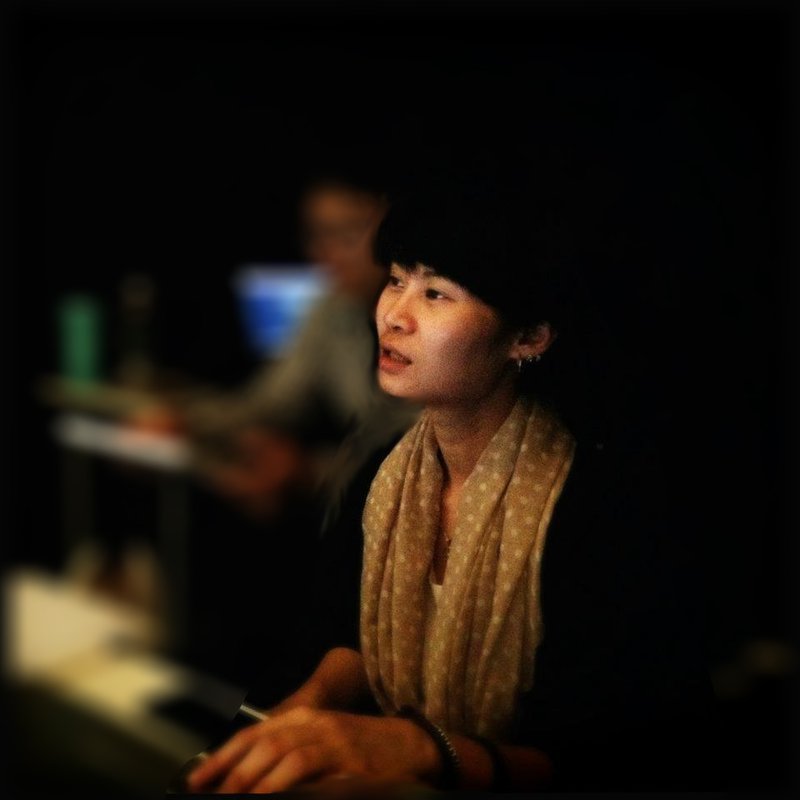Pochi Su

It is my first time participating CIMAM, or, to be more accurate, first time participating conference of international association for museums or institutions. And I find it amazingly useful and practical from the conference content arrangement including schedule, sharing experiences, group discussions and topic-oriented talk sessions. It is very grateful to have this opportunity to be included in travel grant program of CIMAM conference 2017. Singapore for me is not a brand new city to visit, but, through CIMAM’s arrangement, I have seen a different Singapore and experienced streets and art venues from a different perspective by local tours and the help from CIMAM 2017 host, National Gallery Singapore. And of course, it is especially appreciated that funder Fubon Art Foundation would provide this grant to all of us from Taiwan since there are apparently not so many participants joining in this big international conference which I find it truly a pity. When we think about alliance of art or art organizations and all those facts and situations we face nowadays when it comes to strategy or development, a chance of meeting many professionals from different regions, different culture or even different political scenarios for me seems to be a way of realizing oneself in his/her trap and then seeking for support and solutions.
I personally found it very useful especially the session of Mr. Nikos Papastergiadis’ keynote speech talking about Museums, Networked Public Spaces and Trans-Institutional Collaborations. As a director of a private museum located in Taipei, Taiwan, I often face the reality of constantly seeking for funding or resources like most of my peers. Therefore, looking for collaboration in contemporary artistic practice, or looking for partners supporting or working with us in many different aspects and in rather creative methods is always the key issue. From Mr. Nikos Papastergiadis’ keynote speech, he successfully describes this urge of powers that could be created by alliance among institutions, and most importatntly, how could this be created by giving this example of collaboration from six museums. It is truly inspiriting and indicated a possible direction of ideal solutions for those situations we are facing.